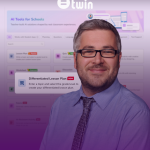This content was last updated on 22 July 2025
This blog is presented by Twin Science, a global education technology company empowering educators with AI-powered learning solutions.
How can a passion for education turn a student into a globally renowned scientist?
Dr. Canan Dağdeviren’s inspiring journey through science showcases the transformative power of education, not just for young girls, but for all students. Her story can be an eye-opening starting point for teachers who want to see how AI in Education, STEM, and hands-on learning can be meaningfully integrated into the classroom.
Would you like to bring hands-on STEM and AI-powered solutions into your own classroom? Discover teacher-supported AI tools that spark curiosity and inspire the next generation of learners.
Who Is Canan Dağdeviren?
Where did her curiosity and determination take her?
Born in Istanbul in 1985, Dağdeviren became the first Turkish scientist to be selected for the Harvard University Junior Fellowship. She’s also been featured on Forbes’ “30 Under 30 in Science” and MIT Technology Review’s “35 Innovators Under 35” lists.
Her journey began in Kocaeli, where she completed her primary and secondary education. Two books played a pivotal role in her decision to pursue physics, one about Marie Curie, a gift from her father, and the other titled Memories and Thoughts by renowned Turkish physicist Prof. Erdal İnönü, which he personally signed.
While many around her believed women couldn’t be physicists, Dağdeviren stayed committed to her path—encouraged by her mother, who always believed in her.
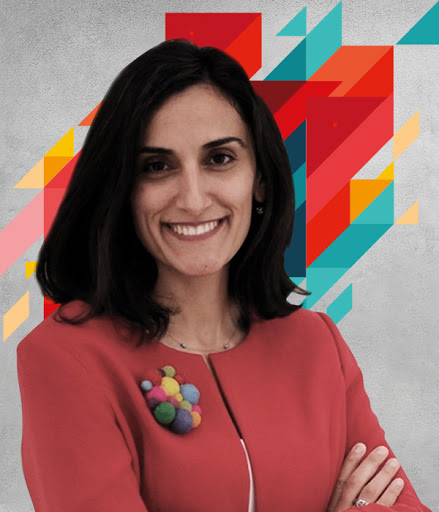
After graduating with a degree in Physics Engineering from Hacettepe University in 2007, she earned her master’s in Materials Science and Engineering from Sabancı University in 2009. Dağdeviren credits her strong theoretical foundation from these institutions as the basis for her later innovations. Her deep dive into solid-state physics laid the groundwork for her future discoveries.
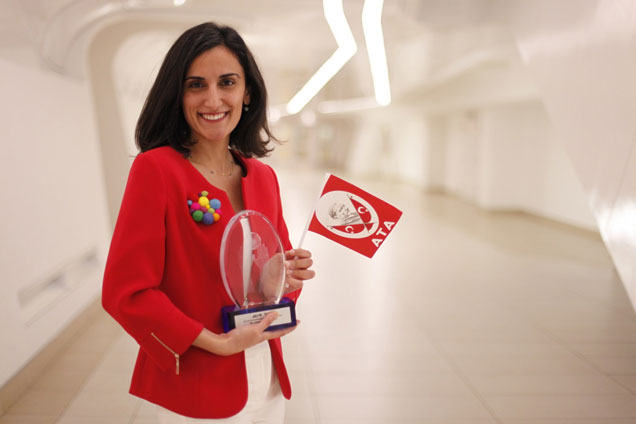
Which of her Inventions Transformed the Fields of Education and Health?
Which problems did her inventions provide a solution for?
Dağdeviren’s work has been especially influential in medical technology. One of her inventions is a skin-wearable, tattoo-like diagnostic sensor that can detect skin deformation in under ten seconds. This device is a breakthrough for early diagnosis of skin cancer. Interestingly, it was inspired by a question from her mother: “Can you invent a device that shows whether facial creams actually work?”. Dağdeviren turned that simple question into a life-changing innovation, proof that hands-on learning isn’t just for classrooms, but for life.
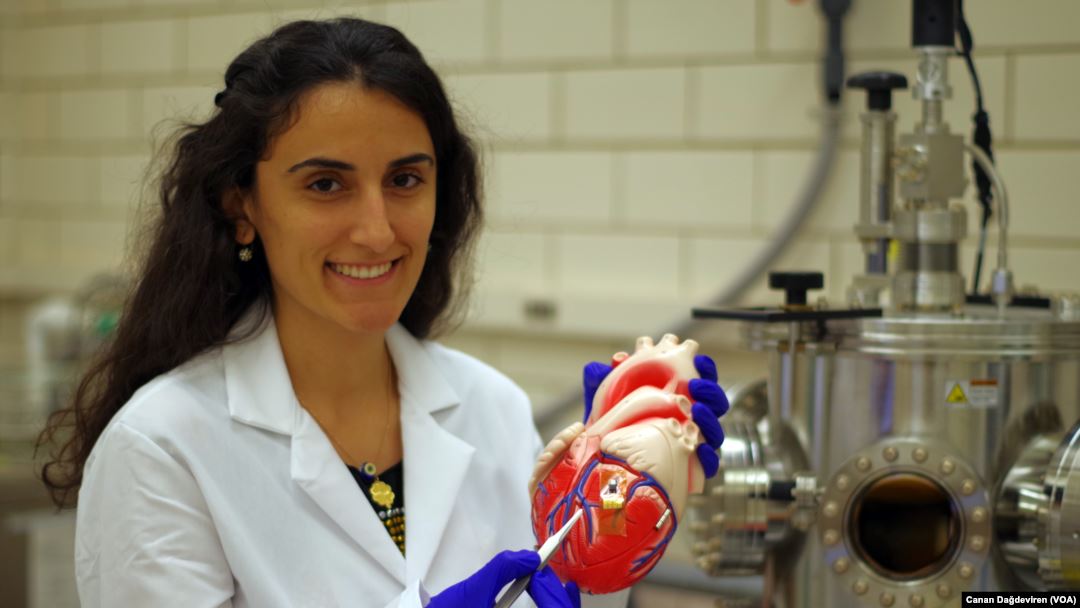
How Does Dağdeviren’s Pacemaker Power Itself?
Can a pacemaker generate its own energy?
Traditional pacemakers need to be replaced every 5–7 years, requiring invasive surgery. Dağdeviren’s flexible, wearable pacemaker harvests mechanical energy from the heart, lungs, and diaphragm to power itself. It’s not just a medical innovation, it’s an engineering marvel.
What makes this even more moving is her motivation: Her grandfather died of heart failure at 28. Before she reached that age, Dağdeviren had promised herself she would invent something meaningful in that area. This pacemaker was her way of keeping that promise.
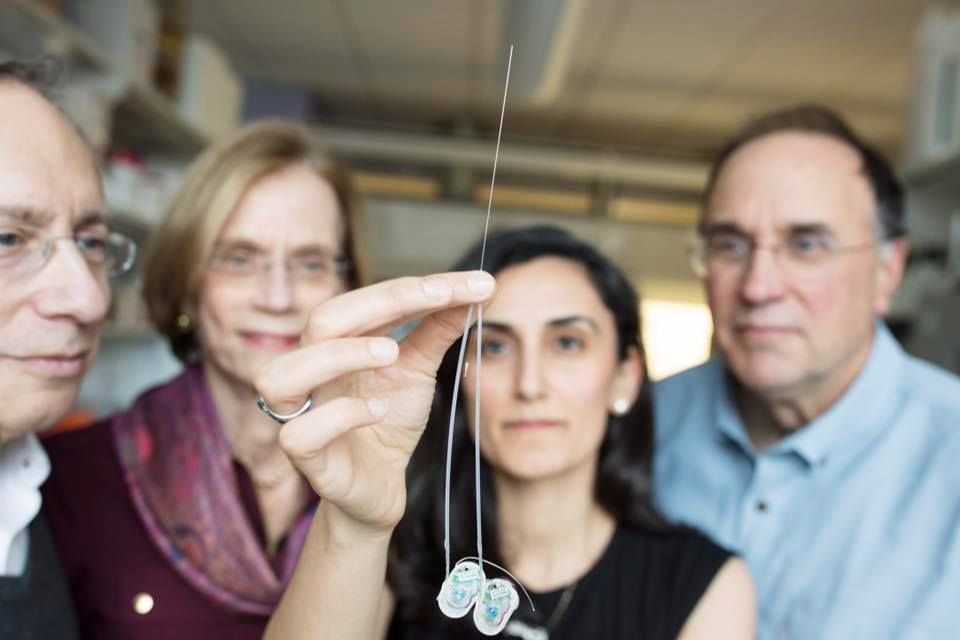
What Did She Invent for Parkinson’s Patients?
What does this invention do?
Another of Dağdeviren’s creations is a specialized needle designed to deliver medication directly to the brains of Parkinson’s patients, aiming to reduce coordination issues. She’s also working on an “electronic bra” for early detection of breast cancer—dedicated to the memory of her aunt, who passed away from the disease. This wearable device collects long-term data to support personalized treatment.
And today, with artificial intelligence emerging as one of the most powerful tools in science and society, AI literacy is more crucial than ever.
Explore Twin Science’s teacher-designed AI tools to prepare your students for this transformation.
What can you do today to transform education?
Dağdeviren’s story shows that science doesn’t just happen in labs, it’s in our homes, our schools, our everyday lives. If you want your students to fall in love with science, raise them not only to be knowledgeable, but to be curious, inquisitive, and creative.
“I don’t believe a country can truly progress without talking about science and art. That’s why it’s so important to spark curiosity in young people and children. Parents have a major role to play here. In countries where science thrives, happiness and growth follow. Through my work and the talks I give, I try to share this message. The phrase ‘Don’t cause trouble’ has no place here. People should believe in themselves. I think anyone can achieve anything, if they truly want to.”
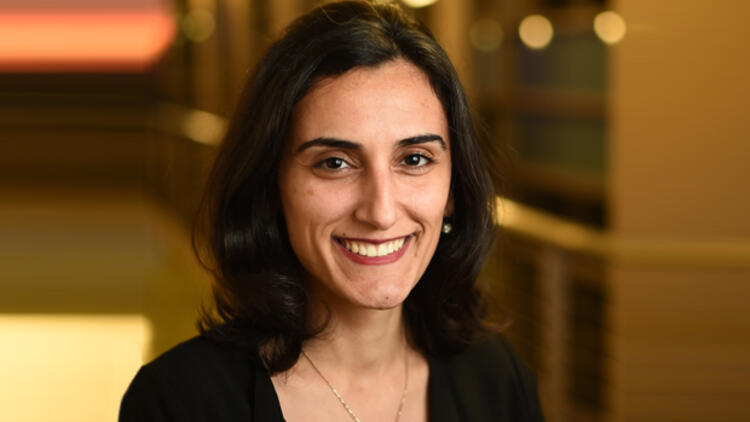
Can You Raise Scientists Like Canan Dağdeviren in Your Classroom?
What can you do today to create meaningful change in education?
Canan Dağdeviren’s story shows that science isn’t confined to labs it exists in homes, schools, classrooms, and every corner of life. If you want to ignite this passion in your own students, you need to raise them not only as knowledgeable individuals, but as curious, inquisitive, and creative minds.
Start bringing inspiration into your classroom today.

